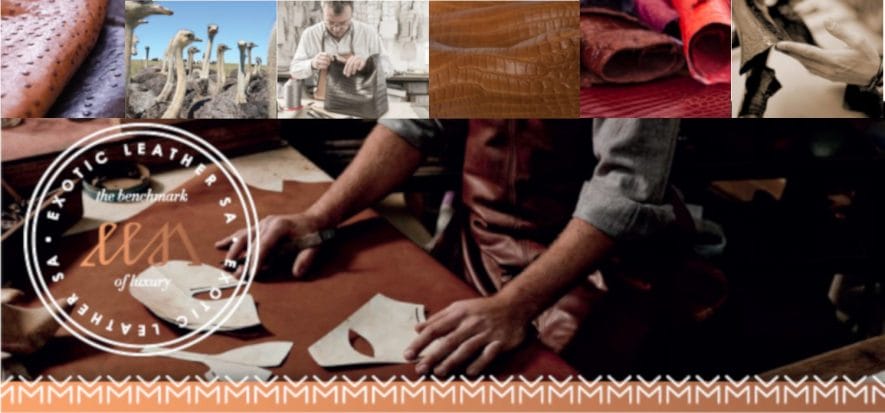A traceable and sustainable industry for breeding and slaughtering crocodiles and ostriches is feasible. Such is the plan of the Exotic Leather South Africa project, launched in 2013 and carried out thanks to financial support granted by local government, in collaboration with the University of Pretoria. The project (implemented in a playground where top groups have been working for a while) presents a business model that aims at pinpointing a few standards to make the whole industry sustainable and traceable.
The idea
The academic Senate of University of Pretoria officially authorized the project: that was the starting point of Exotic Leather South Africa. The university board appointed the body, in charge of the project, to set a few specific standards to support all industry players and let them work according to ethical and environmentally friendly principles.
The role of breeding farms
Of course, breeding farms must take the first step towards goal. In fact, Exotic Leather South Africa set raising methods for them. Firstly, for example, by limiting the number of animals that can stay inside a single enclosure; secondly, they set quality and quantity standards for fodder; ultimately, they fixed some good rules to comply with before killing animals. Among other parameters, the most important ones are about final product traceability, therefore enhancing each single processing stage and expanding markets, while aiming to target and meet younger customers’ demand: they pay close attention to wildlife and environment safeguard.
The partners
At present, five companies have joined the project: they are currently in charge of 20% of crocodile hides, which are popular in the Nile market. Yet, such expansion might enjoy a boost after signing a partnership agreement with Cape Cobra Leathercraft, a South African company, specialized in leather goods, running 15 sale stores all around the world. In fact, the firm decided to participate in the project, by making use of exotic leather processed by the industry factories. Clients may trace each single stage of the process, until the breeding farm, by simply providing the identification code number of the product.
Picture taken from the official website










